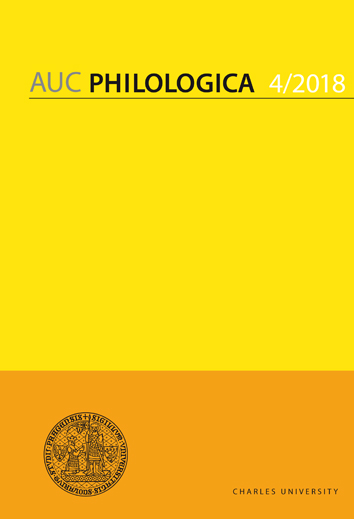De invloed van het Nederlands op de syntaxis en de woordenschat van het Japans
The influence of Dutch on Japanese syntax and lexicon
Author(s): Christopher JobySubject(s): Language and Literature Studies, Syntax
Published by: Univerzita Karlova v Praze, Nakladatelství Karolinum
Keywords: Japanese; language contact; translation; Dutch loanwords; grammatical influence
Summary/Abstract: The Netherlands traded extensively with Japan between 1609 and 1854. During this period the Dutch exported not only goods into Japan, but also books which they sold to the Japanese. In due course, Japanese interpreters and intellectuals began to translate these books into Japanese and by about 1850 they had translated around 1,000 Dutch books. This article examines the influence of the Dutch language on Japanese, resulting from the translation of these books and from language contact. This influence was twofold, syntactic and lexical. As for the former, in order to render Dutch texts into Japanese, translators introduced several features including a new relative pronoun, tokoro no, and a new compound word, ni yotte, in order to translate the Dutch word door’(‘by’) in passive sentences. As concerns the latter, Japanese translators used a number of approaches in order to render new objects and ideas in Japanese. They occasionally created a new compound word from the constituent parts of a Dutch compound word. In other cases, they formed new compounds from Dutch and Japanese words and morphemes, or transcribed Dutch words in the Japanese katakana syllabary. This final approach was also used for loanwords which Japanese adopted as a result of language contact with Dutch, such as, for example, in the case of kokku (コック) from the Dutch kok.
Journal: Acta Universitatis Carolinae Philologica
- Issue Year: 2018
- Issue No: 4
- Page Range: 93-101
- Page Count: 9
- Language: Dutch

